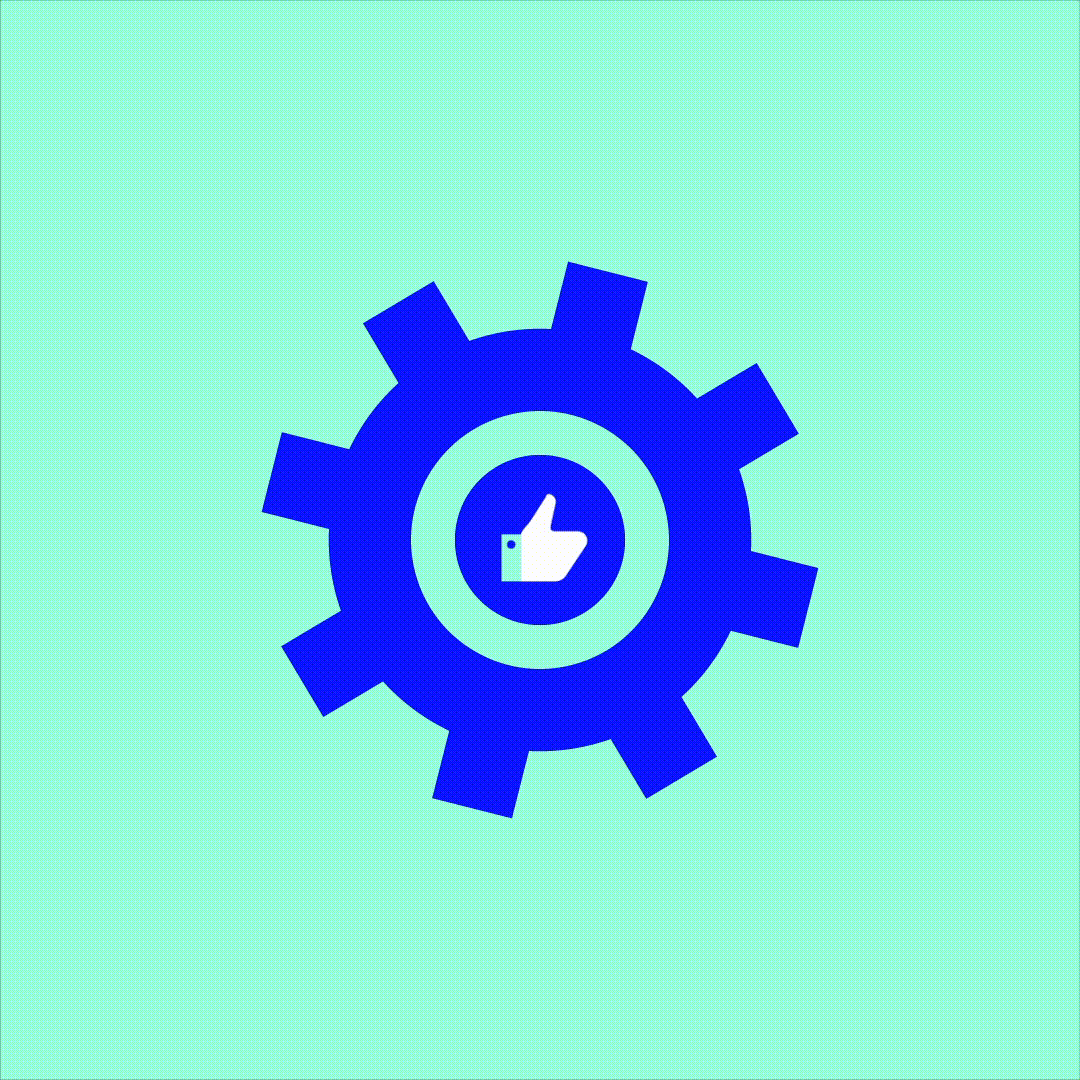Changing behavior is one of the most difficult design challenges we face. To get someone to change the way they perform a task, giving them an alternative that makes them feel accomplished and in control is a great way to do it.
There’s an entire genre of social media content on sites like Reddit, Facebook and Instagram, loosely grouped under the heading “Oddly Satisfying”. Some of it is simply talented artisans or craftspeople plying their trade—watching a woodworker turn a rough chunk of wood into a beautiful bowl is, indeed, oddly satisfying. But quite a lot of it is cleaning. Pressure-washing is one of the most common subjects, with videos of fences or driveways quickly transformed from filthy to pristine racking up millions of views.
If you’ve ever used a pressure washer, a lathe, a wood chipper, or even a powerful vacuum, blender or food processor, you probably understand the intense satisfaction that comes with having the power to transform your situation and surroundings. A high-performance sports car or growling Harley-Davidson delivers a similar sense of satisfaction. Many of us look forward to using software like QuickBooks or TurboTax for the same reason. And this sense of power or control has the ability to change our behavior—in the case of the pressure washer, it can even convince us to enjoy cleaning!
Leveraging this sense of power or control is an incredibly effective tool in the designer’s toolkit too. If you want to get someone to change the way they perform a task, giving them an alternative that makes them feel accomplished and in control is a great way to do it.
Consider healthcare, for example. In many places—the US especially—most people’s experience with healthcare is the opposite of empowering. A lack of information, complex systems that make little sense from the outside, and the realization that your health depends on the expertise of people you don’t even know, all conspire to make you feel decidedly out of control.

So when Ziba designers were approached by Sharp to develop a new patient journey, one of the primary goals was to make them feel empowered. And one of the best ways to do that is through transparency: when customers feel like they’re getting all the information they need about a potential service or expense, they also feel in control. For Sharp, this meant consolidating all of a patient’s relevant information into a single web portal or mobile app, and giving them access to the information they value.
Critically, this started with a research effort where the Ziba team spent time talking with patients, to understand where they felt under-informed. The result is a digital experience that pushes appointment information, test results and chart notes to patients as soon as they’re available. It also provides cost estimates of procedures, and clearly indicates what insurance is likely to cover, and what expenses they can expect to see.

Healthcare in the US is still extremely dependent on face-to-face and phone interaction, largely because patients often feel disempowered. By providing more transparency and a sense of control, Sharp’s new customer experience strategy is a way to nudge patient behavior, so that digital interactions can be used for some informational interactions. When people feel in control and well-informed, they’re less likely to need the reassurance that comes from meeting in person or talking to someone on the phone.
All of this helps save time, effort and money for everyone involved. And for the patient who no longer has to spend time on hold or navigating a phone tree to get a simple piece of information, you might even say it’s Oddly Satisfying.
Stay tuned for our continuing series on Behavior Change, or sign up to receive updates here.



